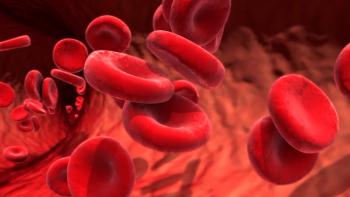
Definition of Osteoporosis
Osteoporosis is a disease characterized by low bone mass and micro architectural deterioration of bone tissue, leading to enhanced bone fragility and a consequent increase in fracture risk.
Osteoporosis is a disease characterized by low bone mass
At this time, there is no practical way to measure micro architecture. So, only bone mass can be measured and, according to a WHO study group, four diagnostic criteria can be established in women.
Normal: a value for bone mass within 1 SD of the young adult reference mean.
Low bone mass (osteopenia): a value for bone mass more than 1 SD below the young adult mean but less than 2.5 SD below this value.
Severe osteoporosis: a value for bone mass 2.5 SD or more below the young adult mean in the presence of one or more fragility fractures.
Usually bone mass is expressed as T-score, with a T-score=0 as the young adult reference mean.
Although osteoporosis is also a disease of men, this classification is only available for women.
Lifetime risk of fractures
The lifetime future risk of a fracture of a person at the age of 50 is for women nearly 40% and for men about 13%
Risk factors for osteoporosis:
- genetic - race: Caucasian
- familial prevalence
- sex - women 4 times more than men
- nutritional - low calcium intake
- high protein
- high caffeine
- lifestyle - smoking
- low physical activity
- no exposure to sunshine
- low body mass index (<20)
- bilateral oophorectomy
- Oligi/amenorrhea
- disease - Hyperthyroidy
- Hyperparathyroidy
- Malabsorption
- Immobilization (more than 3 months)
- drug therapy - corticosteroids (>7.5 mg daily for more than a month)
- thyroid hormone preparations
Although all these factors influence bone mass and subsequently fracture risk, the most important indicators are body weight
The main tool for this part of the risk assessment is to select women for bone mass measurement. In some countries, bone mass measurement is restricted or hardly even available.
Newsletter
Get the latest clinical updates, case studies, and expert commentary in obstetric and gynecologic care. Sign up now to stay informed.










